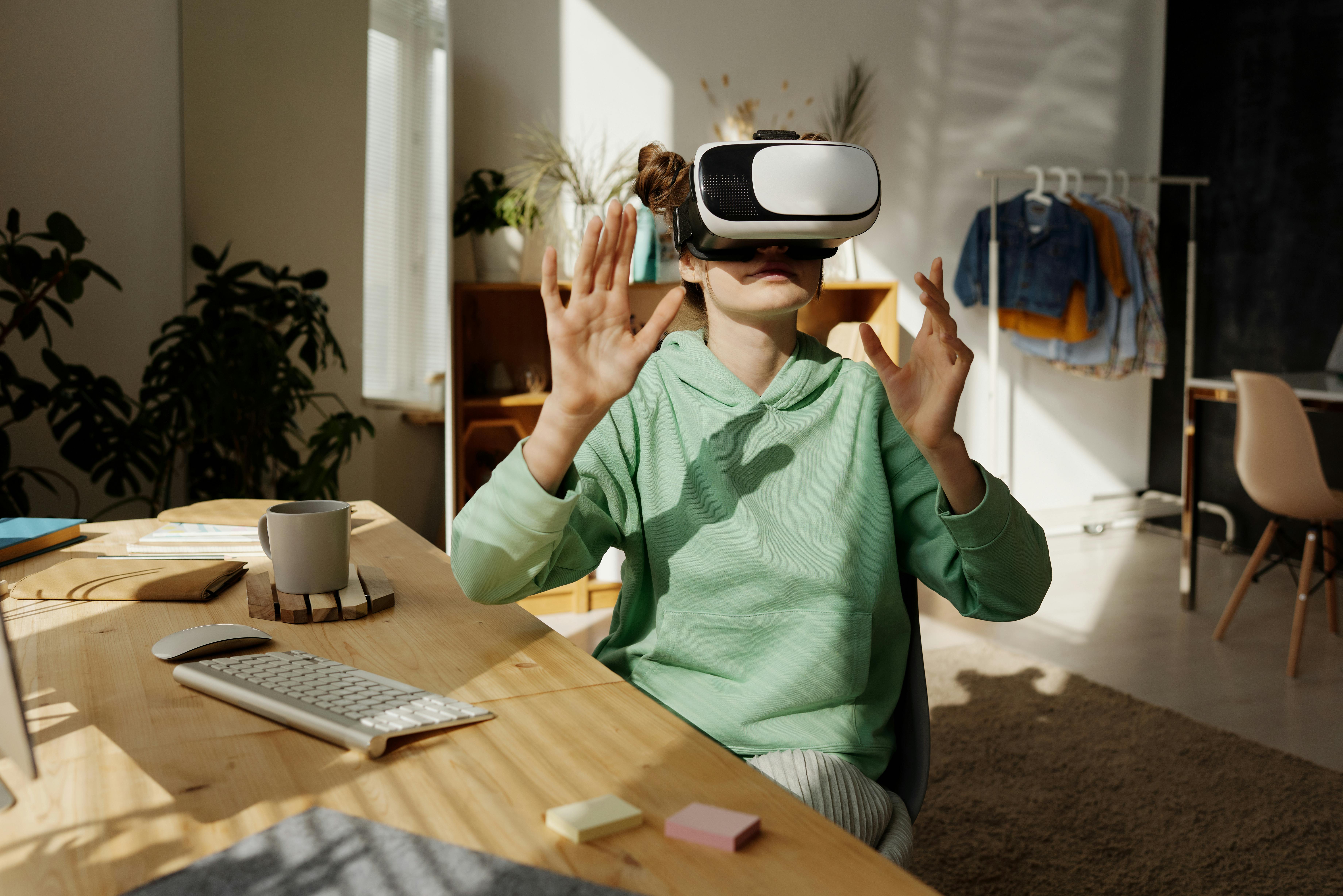Rethinking the Power of Mental Visualization in Sports
Imagine the scene, it's the final seconds of a championship game, the score is tied, and the ball is in your hands. Your heart is pounding, the crowd is roaring, and everything hinges on your next move. Do you crumble under the pressure or rise above it? This victory depends not just on your physical prowess, but also on the power of your mind. Mental visualization, an often overlooked aspect of sports performance, is rapidly gaining recognition as a crucial training tool. This article dives into the history, current trends, and practical applications of mental visualization in sports, offering a fresh and unique perspective on this fascinating topic.

A Journey Through Time: The History of Mental Visualization
Mental visualization, also known as mental imagery or mental rehearsal, has been utilized in various fields for centuries. Its roots can be traced back to ancient Greek philosophers, who believed in the power of the mind to influence physical reality. However, it wasn’t until the 20th century that the use of mental visualization in sports training became more prominent. Since then, it has evolved dramatically, with a significant surge in the last few decades thanks to advancements in neuroscience and sports psychology.
Current Trends: Mental Visualization in Today’s Sporting Arena
Today, mental visualization is widely recognized as a powerful tool in sports training. From amateur athletes to Olympians, many have incorporated this practice into their training regimen. Coaches and sports psychologists utilize various techniques, ranging from simple mental rehearsal of movements to immersive virtual reality simulations, to help athletes improve performance, build resilience, and cope with pressure.
The Benefits and Challenges of Mental Visualization
Research consistently demonstrates the benefits of mental visualization. It has been found to enhance focus, boost confidence, reduce anxiety, and improve performance. Moreover, it’s a tool that can be used anywhere, anytime, making it a practical addition to any training program.
However, it’s not without its challenges. Mastering mental visualization requires discipline, patience, and practice. Some athletes may struggle to create vivid, detailed images in their mind, while others may find it difficult to translate these mental rehearsals into actual performance.
Practical Applications: Bringing Mental Visualization to Life
Despite these challenges, the practical applications of mental visualization are vast. Athletes can use it to rehearse specific skills, prepare for competition, manage stress, recover from injury, and even enhance team dynamics. For example, a basketball player might visualize making the perfect shot under pressure, while a marathon runner might mentally rehearse maintaining a steady pace despite fatigue.
The Future of Mental Visualization: A New Frontier in Sports Training
Looking ahead, the future of mental visualization in sports training is promising. As research continues to uncover its benefits and technology advances, this underappreciated tool is set to become a mainstay in sports training. It’s an exciting time for athletes and coaches alike, as they discover the power of the mind in shaping athletic performance.
In conclusion, mental visualization is much more than a mental exercise—it’s a powerful tool that can transform athletic performance. While it may not replace physical training, it offers a unique and effective complement, helping athletes to tap into the power of their minds. As we continue to explore and understand its potential, it’s clear that the future of sports training lies not just in the strength of our bodies, but also in the power of our minds.






